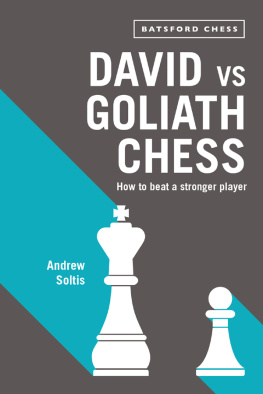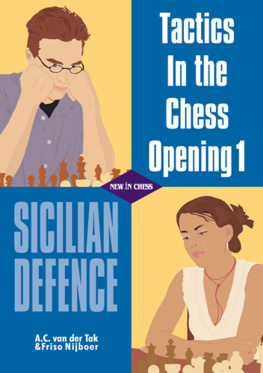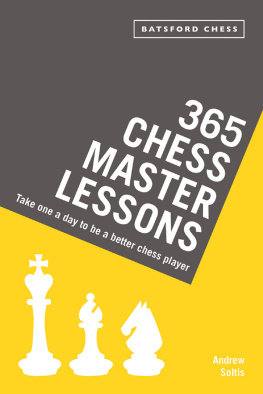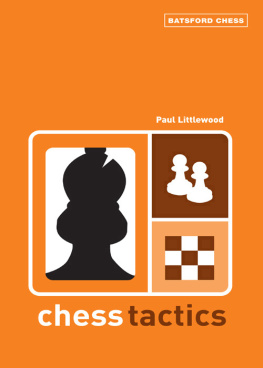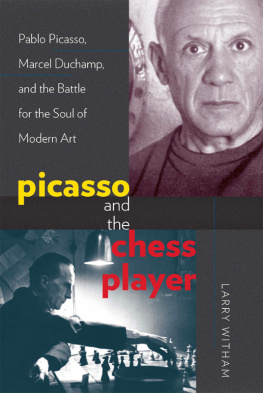Transcriber's Notes
1.Typographical Errors have been silently corrected.
2.Variations of spelling and hyphenation are as in the original.
3.The "cover-page" is developed and placed in the public-domain by the Transcriber.
The table of contents has been added by the transcriber.
OBSERVATIONS
ON THE
Automaton Chess Player.
S. Gosnell, Printer, Little Queen Street, London.
OBSERVATIONS
ON THE
Automaton
CHESS PLAYER,
NOW EXHIBITED IN LONDON,
AT
4, SPRING GARDENS.
BY AN OXFORD GRADUATE.
ut speciosa dehinc miracula promat. Hor.
London:
PRINTED FOR J. HATCHARD,
NO. 190, OPPOSITE ALBANY, PICCADILLY;
AND SOLD BY ALL THE BOOKSELLERS.
1819.
Price One Shilling.
Table of Contents
PREFACE.
The science of mechanics is one of those in which the ingenuity of modern artists appears with superior advantage. The ancients, with the single exception of Archimedes, had but an imperfect knowledge of the mysteries of this science, as their attempts in the construction of instruments for marking time, and of the organ, sufficiently prove. This inferiority may be accounted for upon the principle, that the highest discoveries in mechanics do not depend upon the capacity, however enlarged, of any individual, but upon the successive discoveries of many individuals, during ages, combined at length, by some powerful genius, and directed to the completion of one great object. Hence it was reserved to modern times, to witness the invention of those exquisite and grand combinations of mechanism, which are displayed in the numerous kinds of watch and clock work, and in the higher order of wind instruments, in their several varieties: and hence the present age has produced the most finished pieces of mechanical science, in the Flute-player of Monsieur de Vaucanson, the Trumpeter of Maelzel. Notwithstanding, however, the superior ingenuity of modern artists, in mechanics, which these scientific inventions discover, it seems to be a thing absolutely impossible, that any piece of mechanism should be invented, which, possessing perfect mechanical motion, should appear to exert the intelligence of a reasoning agent. This seeming impossibility is surmounted in the construction of the Automaton Chess Player. The stretch of invention shown in this unparalleled instance of mechanical skill, will be fully appreciated only by those who can form an estimate of the variety of combinations amongst the pieces which a game of Chess presents: the constant exercise of acute judgment required in anticipating the designs of an antagonist, or in frustrating those which cannot be foreseen; and the experience in the game, which must be attained by any individual, before he can become qualified to be a skilful Chess Player. Some accurate notion, however, of the surprising powers which the inventor of this singular piece of mechanism has displayed, even they who are unacquainted, or but slightly acquainted, with the game of Chess, may derive from a faithful description of it, with respect to its construction, so far as that can be explained, and its general manner of working. Such a description, likewise, may be acceptable to those who are adepts in the game, to call to their recollection, any interesting circumstance relating to the Automaton, which they may have forgotten; and to be a slight memorial of a masterpiece of human ingenuity which excited their liveliest curiosity and admiration.
"Indocti discant, ament meminisse periti."
[Pg 10]
[Pg 11]
OBSERVATIONS,
&c.
The celebrated piece of mechanism, called the Automaton Chess Player, was the invention of Wolffgang de Kempelen, a Hungarian gentleman, Aulic Counsellor to the Royal Chamber of the domains of the Emperor in Hungary. His genius for mechanics appeared in early life; and when matured by study, and experimental observation to which the leisure that his employment afforded him, was chiefly devoted, displayed itself in various inventions and improvements of great public utility. Being at Vienna, in the year 1769, upon business of office, he was invited, by order of the Empress Maria Theresa, to be present at certain experiments of magnetism, which were to be exhibited before herself and the Imperial court, by a Frenchman, of the name of Pelletier. During the exhibition, M. de Kempelen, who was honoured with the familiar conversation of the Empress, dropped a hint that he thought himself competent to construct a piece of mechanism, which should produce effects far more surprising and unaccountable than those which she then witnessed. The curiosity of the Empress being strongly reused, she impressed a lively desire to see his idea carried into execution, and drew from him a promise that he would gratify her wishes without delay. M. de Kempelen kept his word; and within the space of six months completed his Automaton Chess Player.
At Vienna, where it was first produced, it excited the highest astonishment and admiration of the Empress and her court, and of many illustrious and scientific persons, who examined its extraordinary powers. The report of them quickly spread; and the newspapers of the time speak of them in unmeasured terms of approbation. The inventor, however, with that indifference to popular favour which characterizes true genius, not only declined making & public exhibition of his Automaton, and refused considerable pecuniary offers from persons desirous of purchasing it; but in his ardour for prosecuting some new mechanical pursuit, actually laid it aside, and even proceeded in part to take it to pieces.
In this disordered state it remained during many years, when, on the occasion of a visit made by the Grand Duke Paul, of Russia, with his consort, to the court of Vienna, the Emperor Joseph II. recollecting the invention of M. de Kempelen, signified a wish that he should exhibit it for the gratification of these august personages. In the course of five weeks, the numerous repairs which it required, were completed by the indefatigable genius of its inventor; and on being produced before the Imperial visitors, it excited no less astonishment and admiration than at its first appearance. Upon this occasion, M. de Kempelen was urged and prevailed upon to satisfy general curiosity by exhibiting it publicly in Germany and in other countries. Accordingly, the Emperor having granted him permission to absent himself from the duties of his employment during two years, he travelled with his Automaton, into various parts of Germany and to Paris; and in the year 1785, he visited England. At his death, which took place about the year 1803, the Automaton came into possession of his son, who sold it to the present exhibiter, a man, apparently of great ability in the science of mechanics, and inferior only to M. de Kempelen himself.
This short historical notice, touching the inventor of the Automaton Chess Player, and the circumstances which led to its invention and first exhibition, naturally precedes a description of the Automaton itself.
The room where it is at present exhibited, has an inner apartment, within which appears the figure of a Turk, as large as life, dressed after the Turkish fashion, sitting behind a chest of three feet and a half in length, two feet in breadth, and two feet and a half in height, to which it is attached by the wooden seat on which it sits. The chest is placed upon four casters, and together with the figure, may be easily moved to any part of the room. On the plain surface formed by the top of the chest, in the centre, is a raised immovable chess-board of handsome dimensions, upon which the figure has its eyes fixed; its right arm and hand being extended on the chest, and its left arm somewhat raised, as if in the attitude of holding a Turkish pipe, which originally was placed in its hand.



